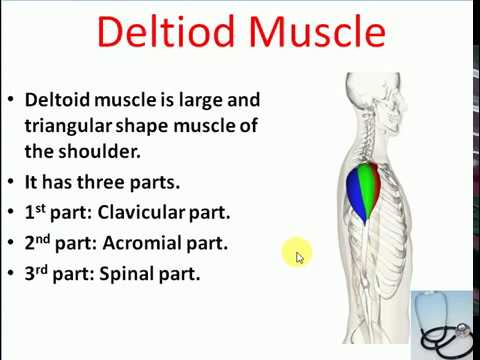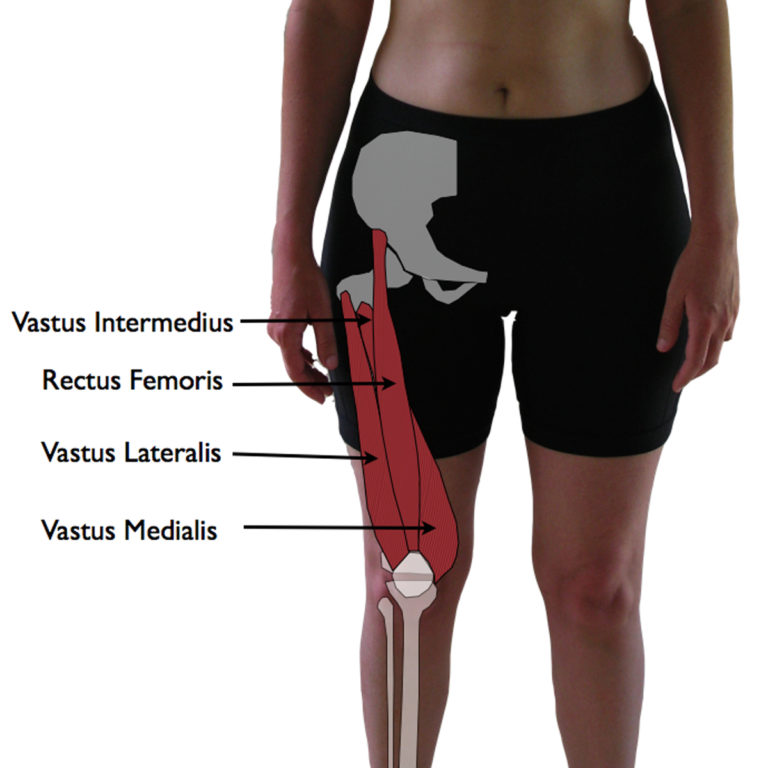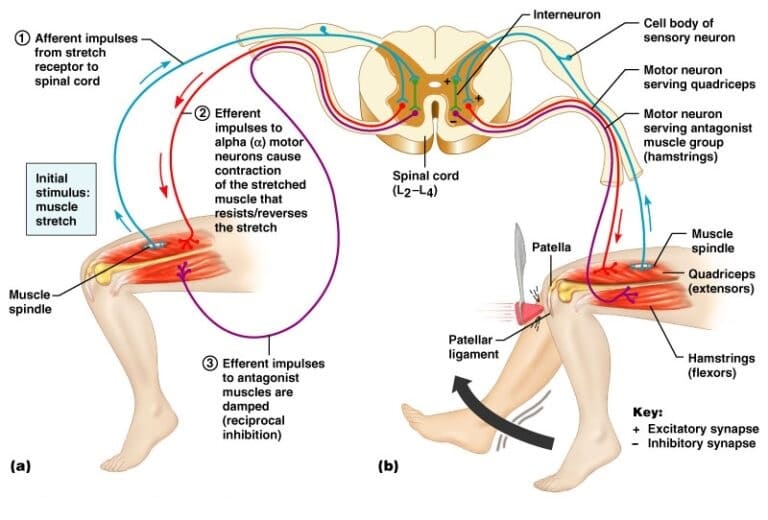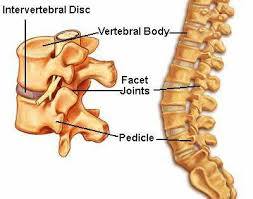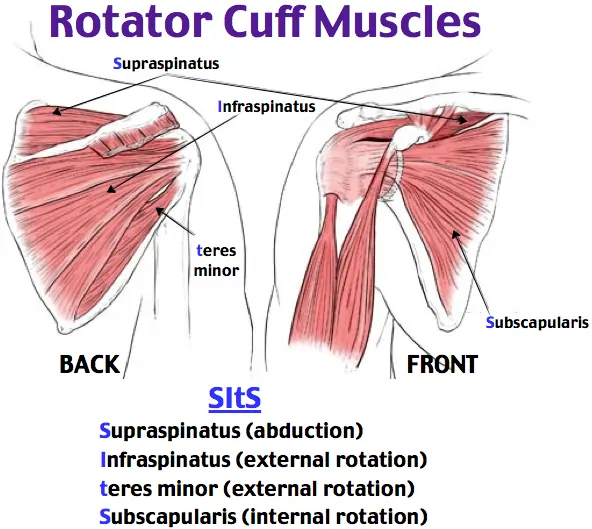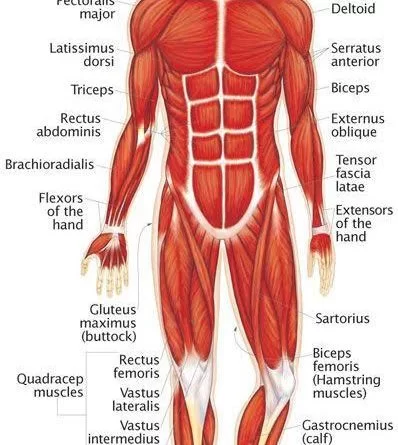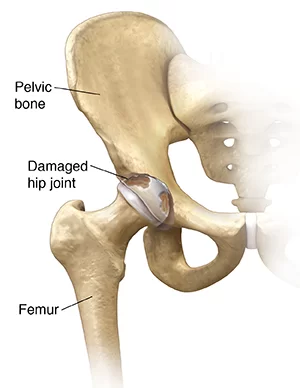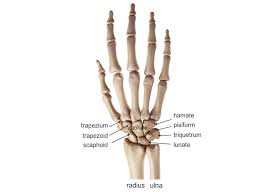Deltoid Muscle
What is Deltoid muscle? The Deltoid muscle is a thick, triangular shoulder muscle. The muscle has a wide origin starting from the clavicle, acromion and spine of scapula. It passes inferiorly surrounding the glenohumeral joint on all sides and inserts onto the humerus. Deltoid muscle name base on shape of the Greek letter ‘delta’ (Δ)….

